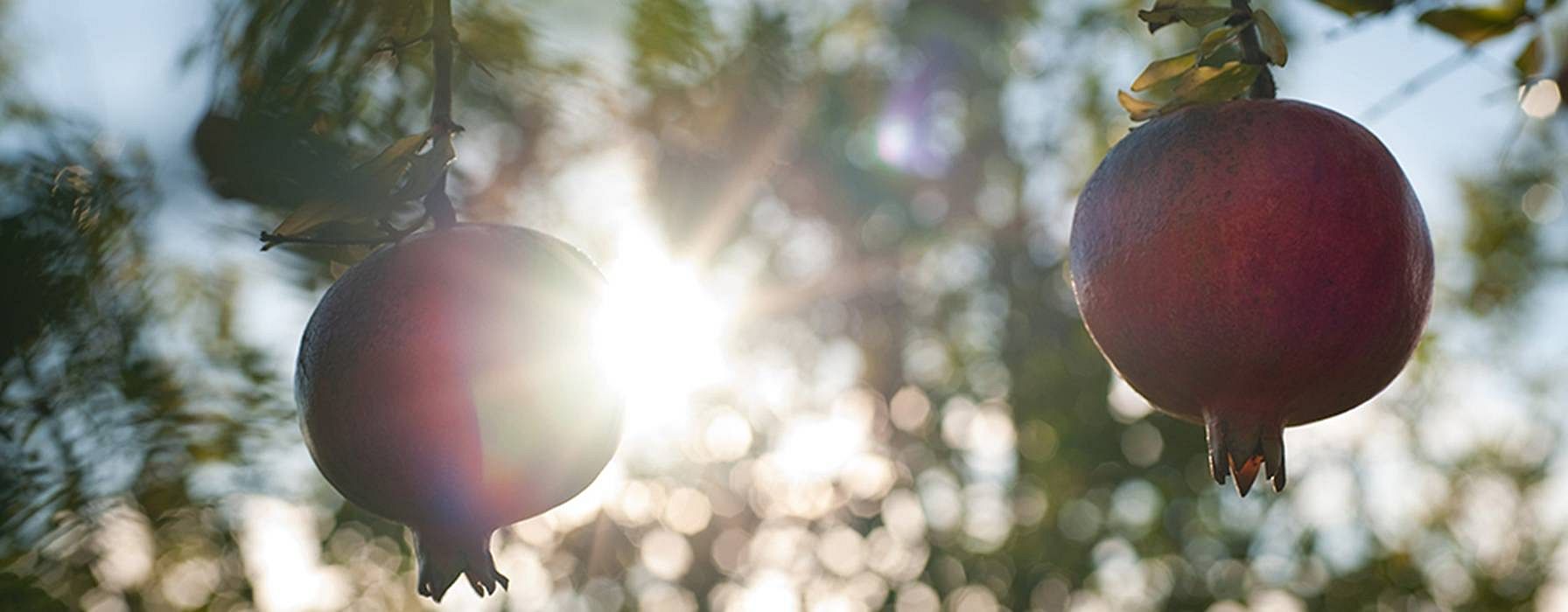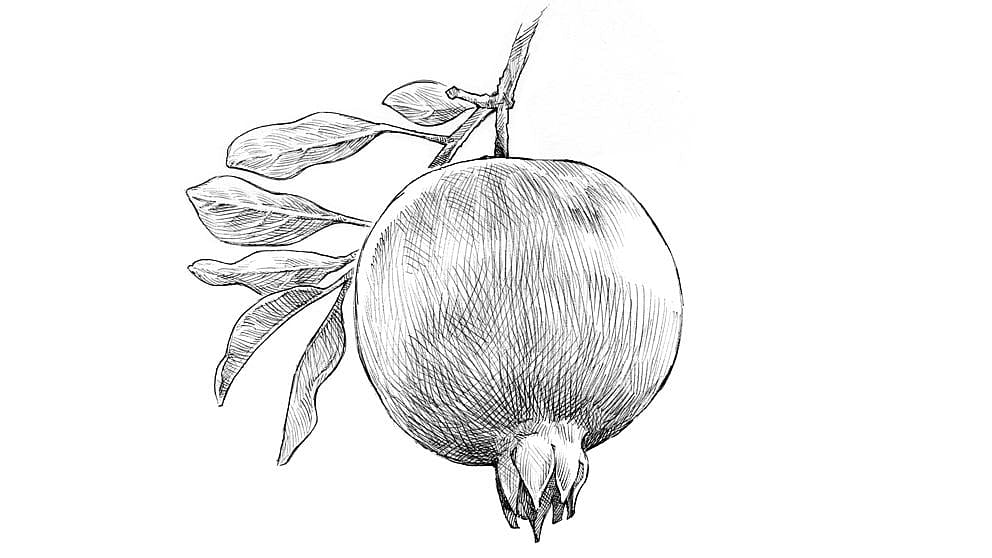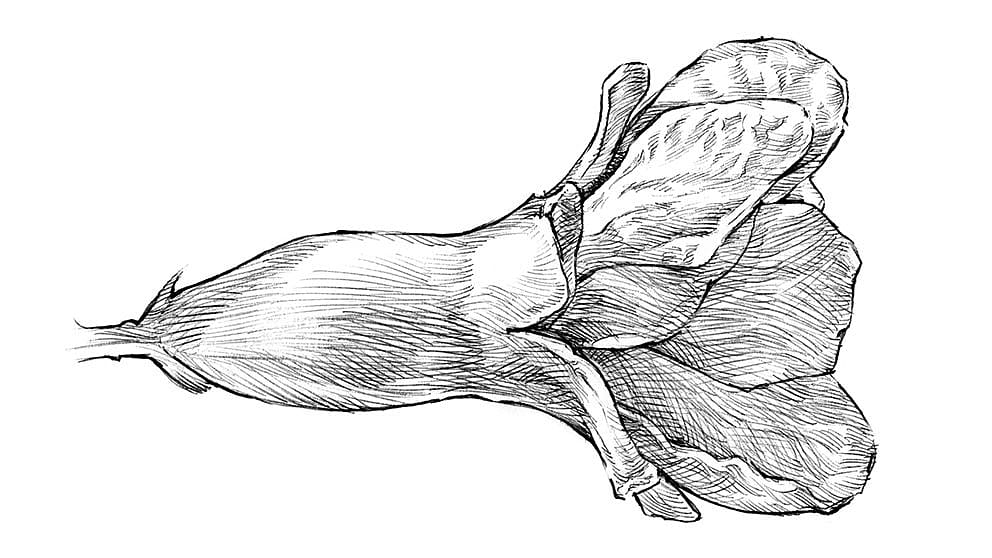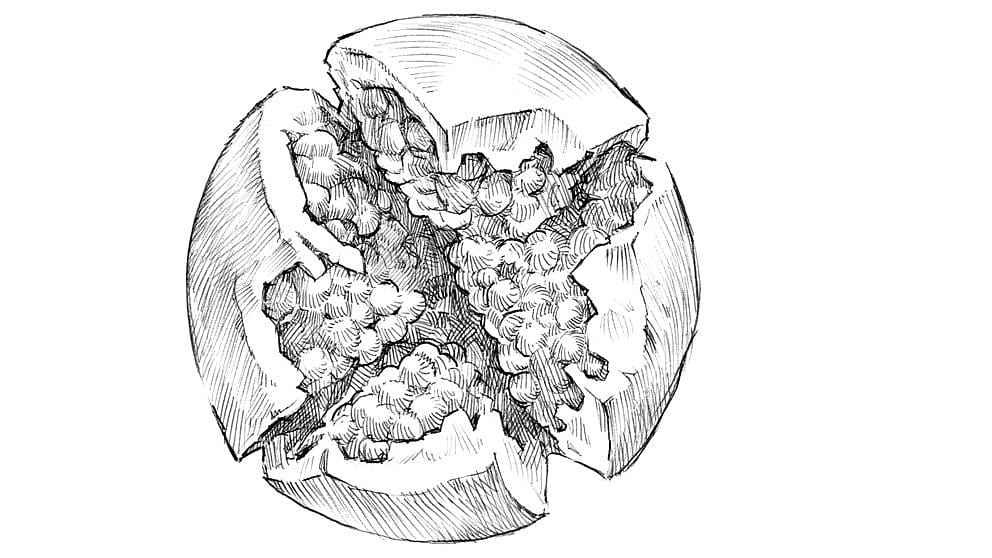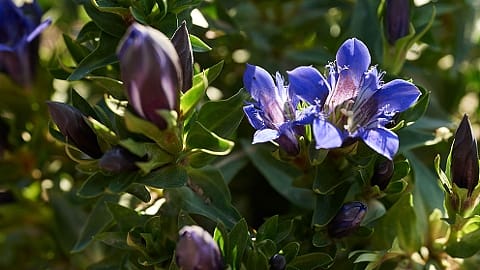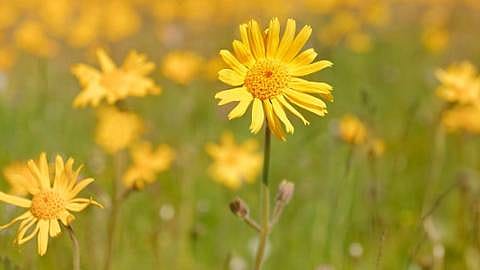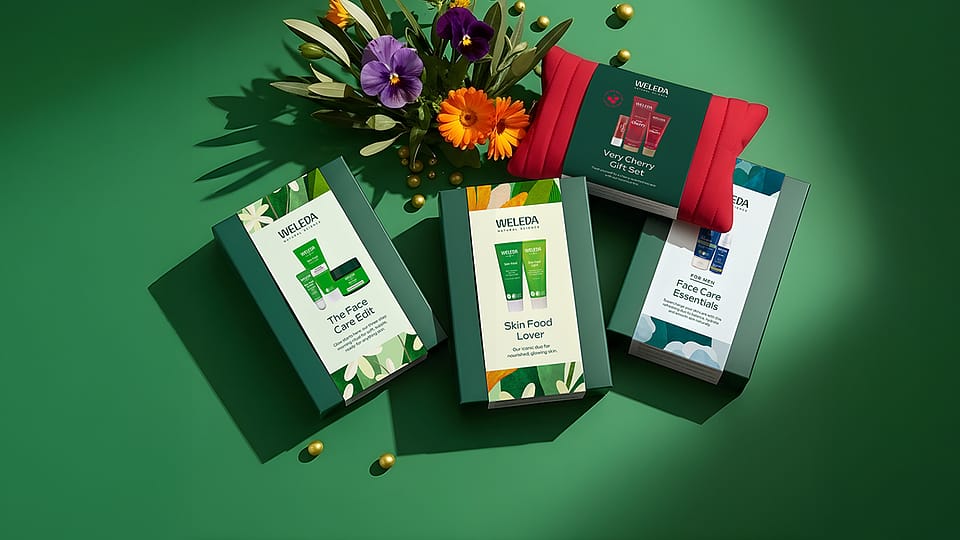Botanical Profile: Pomegranate
The pomegranate is one of the world’s oldest cultivated plants. The plump, red pulp of the polygonal seed coat is surrounded by a thin skin; inside this is the actual seed.
Family
The pomegranate (Punica granatum), a plant in the Lythraceae family, is one of the world’s oldest cultivated plants. This fruit-bearing deciduous small tree or shrub grows to approximately five metres high. Young branches are notably quadrangular; the leaves are glossy and leathery in texture; the bark is red-brown to grey in colour. There are many fruit-bearing cultivars as well as a number of ornamental varieties.
Fruit
The spherical fruit of the pomegranate can grow up to 10 cm in diameter. The flower’s dried sepals and stamens remain at the top of the mature fruit, giving the appearance of a crown. The fruit’s skin is hard and leathery. Thin membranes divide the inside of the fruit into chambers that contain hundreds of seeds.
Flowers
The sepals of the pomegranate flower are thick and fleshy. As the bud forms, the receptacle at its base already begins to thicken – this later develops to form the fruit’s outer skin. The pomegranate’s large, bell-shaped flowers range in colour from light yellow to orange-red.
Seeds
The plump, red pulp of the polygonal seed coat is surrounded by a thin skin; inside this is the actual seed. Precious oil is obtained from the dried seeds. It consists of approximately 60% punicic acid, which is a rare, polyunsaturated omega-5 fatty acid with exceptionally high antioxidant properties. This helps to protect the skin against free radicals. Pomegranate seed oil also supports the skin’s natural regeneration.
